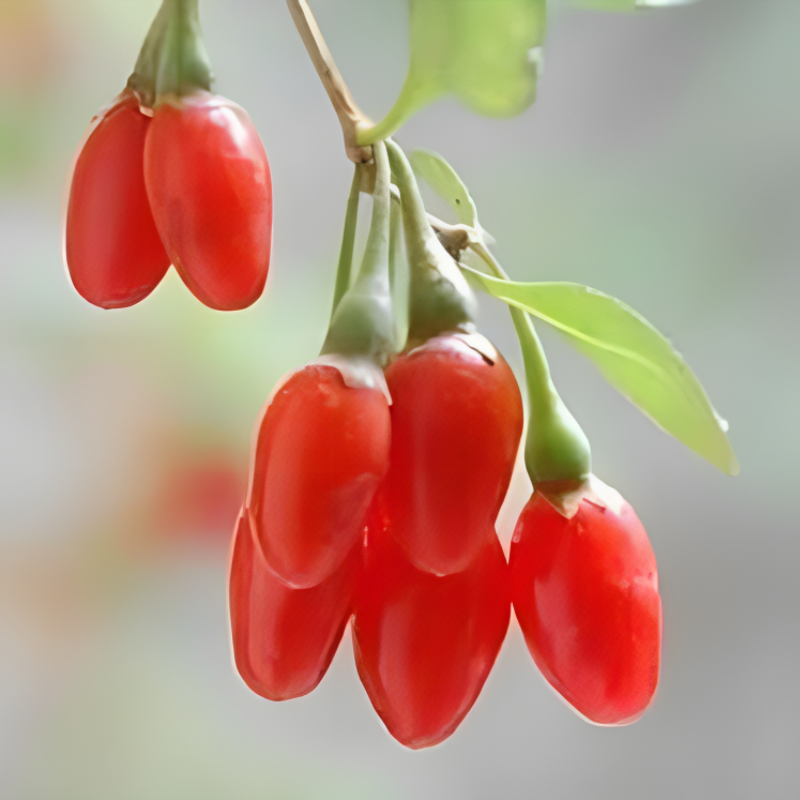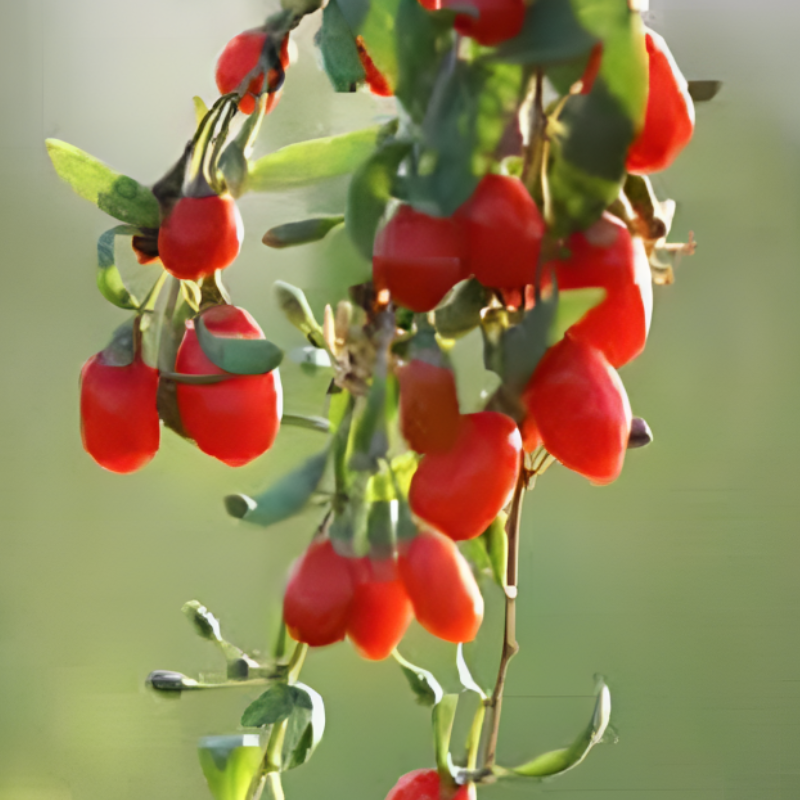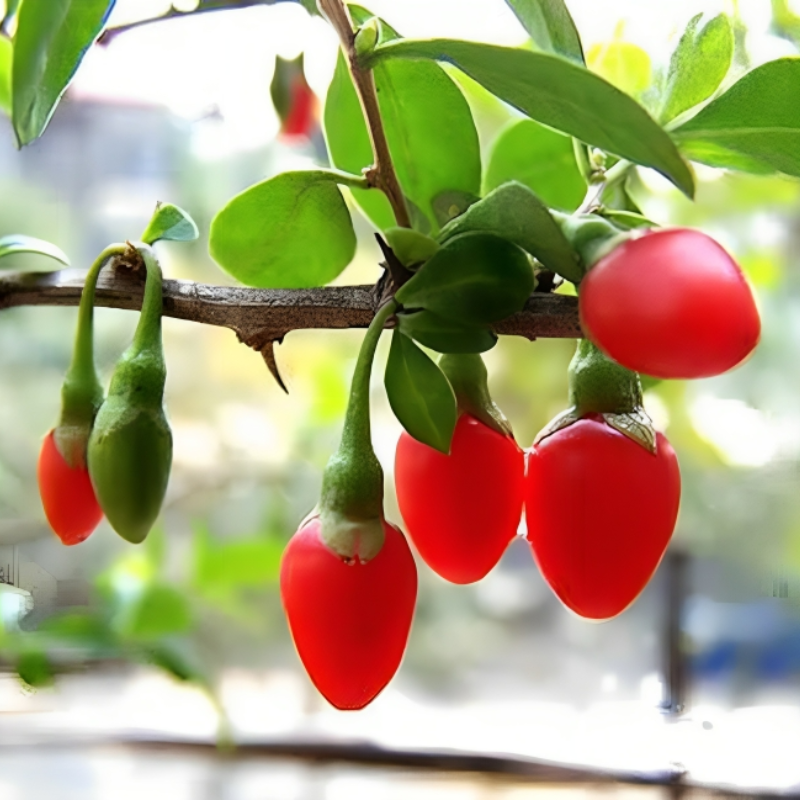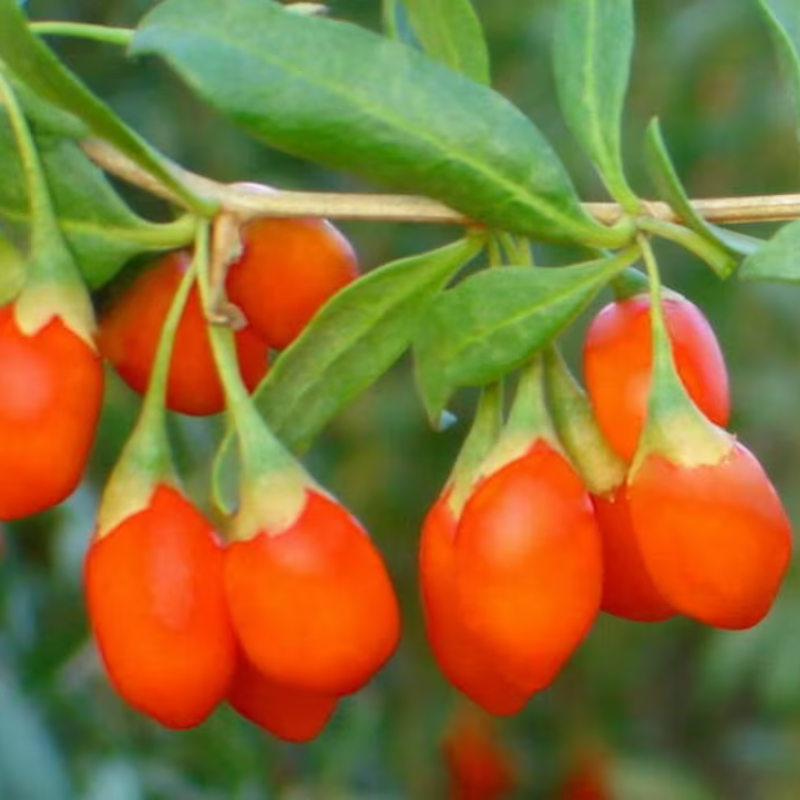- Historical context: The Himalayan Berry, also known as Himalayan Blackberry or Rubus armeniacus, is a species of Rubus native to Armenia and Northern Iran, and widely naturalised elsewhere.
- Geographical origination: Despite its name, the Himalayan Berry is not native to the Himalayas. It is native to Armenia and Northern Iran.
- Relevant cultural significance: The plant has been used for its medicinal properties in traditional medicine. It is also a popular fruit in many cultures due to its sweet taste.
- Time period of discovery: The exact time period of discovery is not clear, but it has been known and used for centuries.
- Original habitat: The original habitat of the Himalayan Berry is mountainous regions with a temperate climate.
- Notable historical uses: Historically, the berries have been used for their medicinal properties and as a food source.
- Ideal temperature range: The Himalayan Berry prefers a temperate climate and can tolerate a wide range of temperatures.
- Soil type: It grows best in well-drained, fertile soil.
- Sunlight requirements: The plant requires full sun to partial shade.
- Watering needs: It needs regular watering, but the soil should not be waterlogged.
- Planting season: The best time to plant is in the spring.
- Germination time: Seeds typically germinate in 2-3 weeks.
- Growth cycle duration: The plant reaches maturity and starts bearing fruit in 1-2 years.
- Common pests and diseases: Common pests include aphids and spider mites. Diseases include rust and powdery mildew.
- Companion planting advice: Good companion plants include marigolds and nasturtiums to deter pests.
- Common challenges and solutions: The plant can become invasive if not controlled. Regular pruning is recommended.
- Nutritional values: Himalayan Berries are rich in vitamin C, vitamin K, and dietary fiber.
- Health benefits: The berries have antioxidant properties and can help boost the immune system.
- Culinary uses: The berries are used in jams, jellies, pies, and wines.
- Medicinal uses: Traditionally, the berries have been used to treat diarrhea and dysentery.
- Other unique advantages: The plant is also grown for its ornamental value due to its attractive flowers and fruits.










